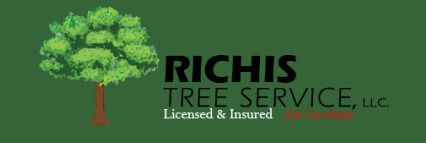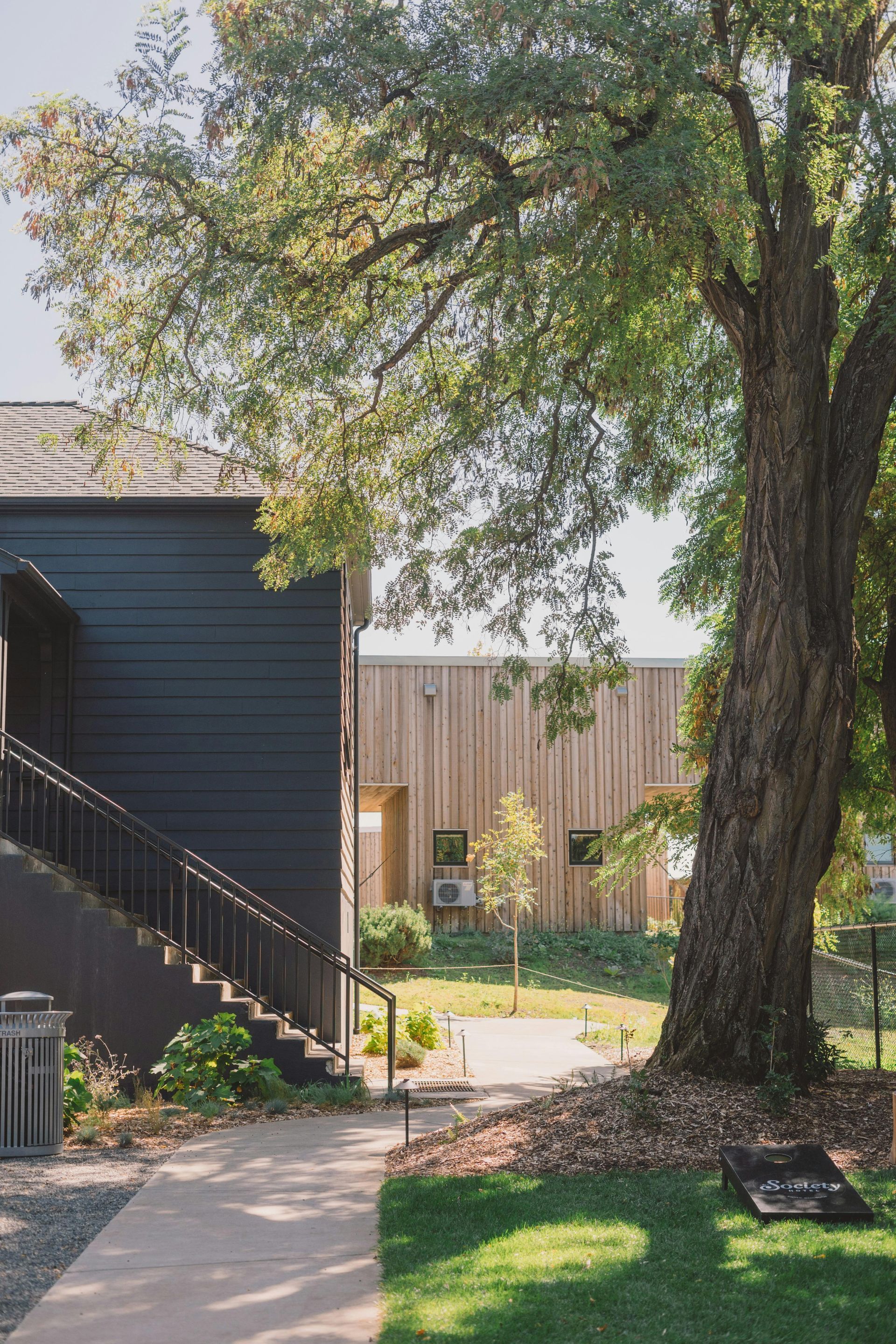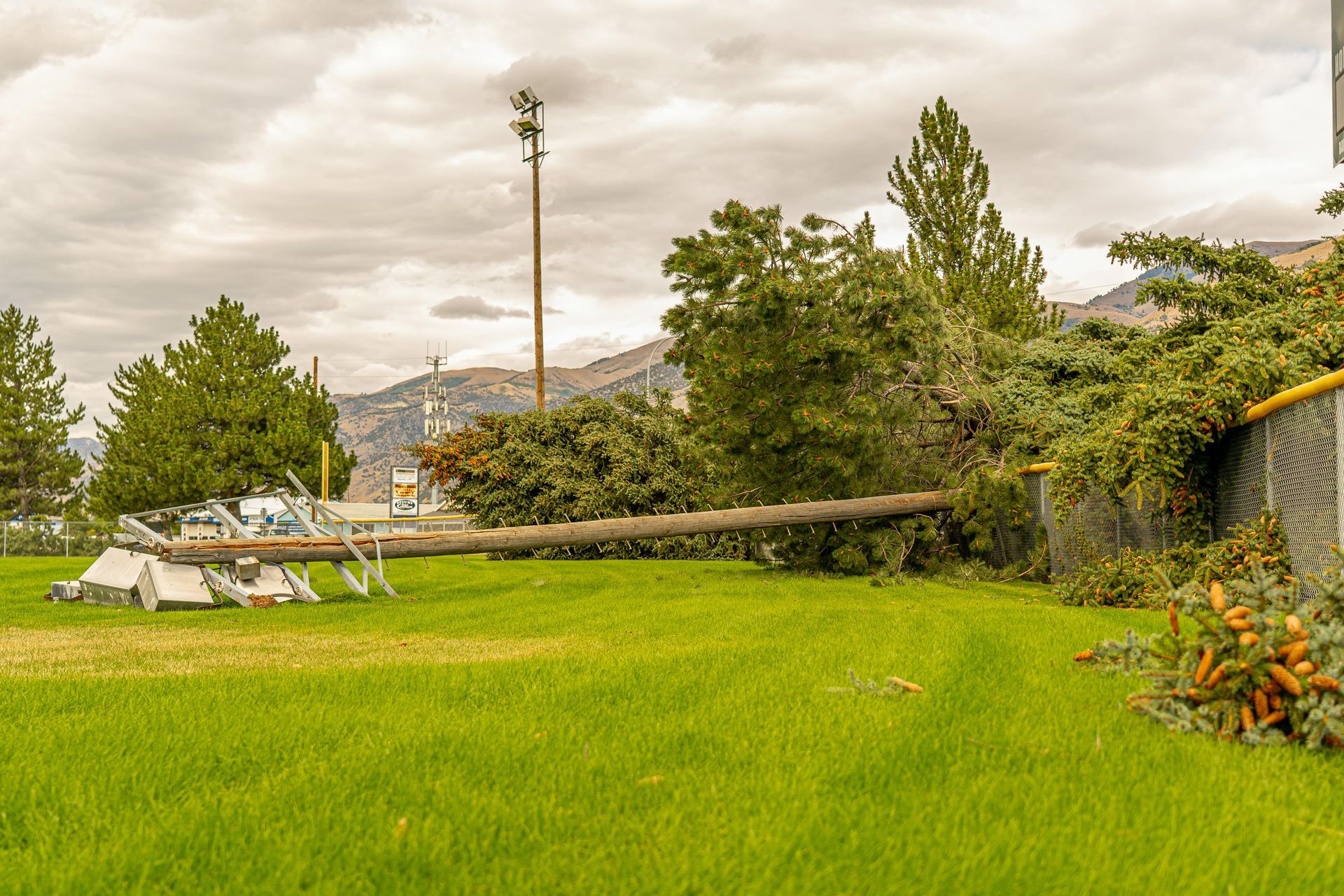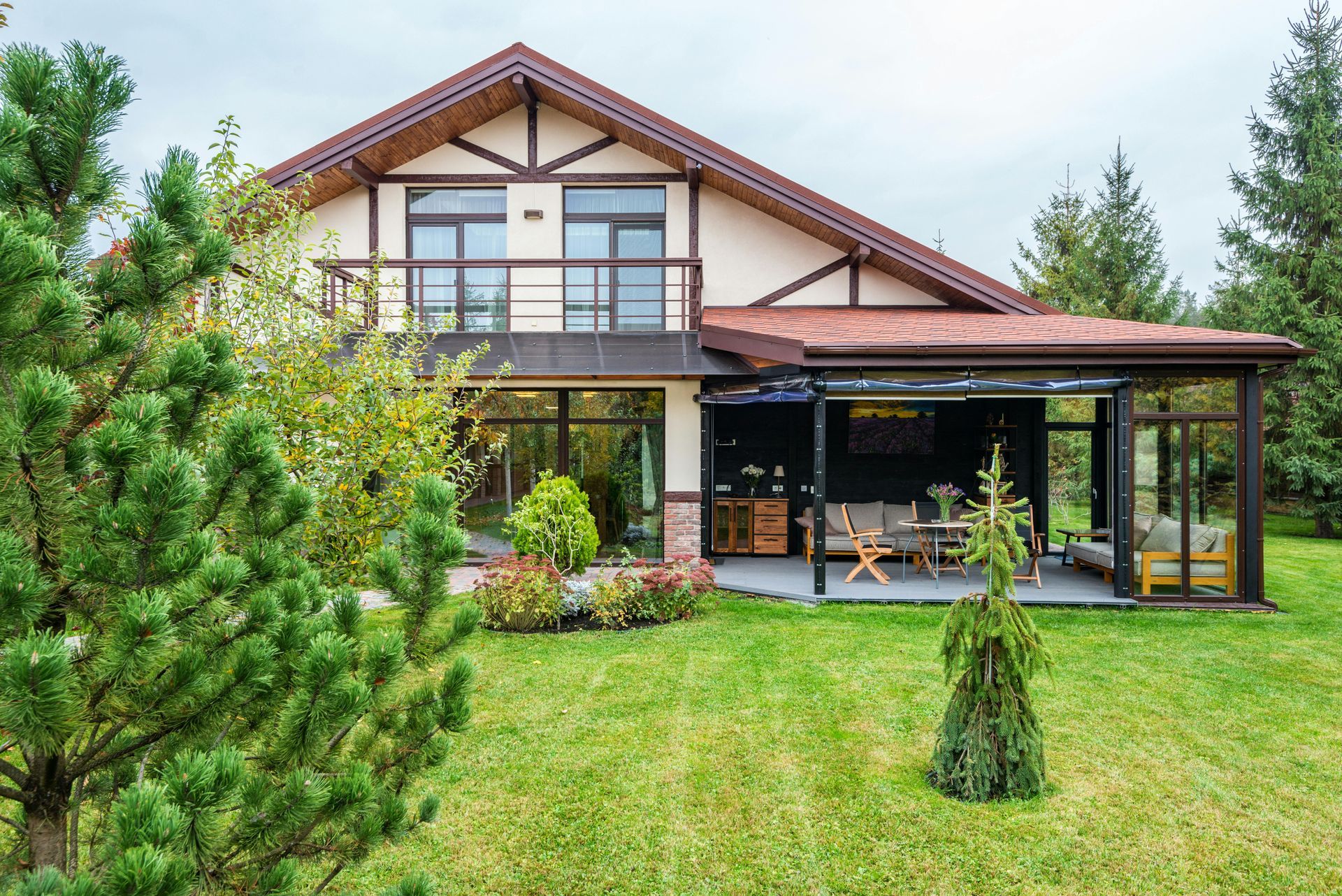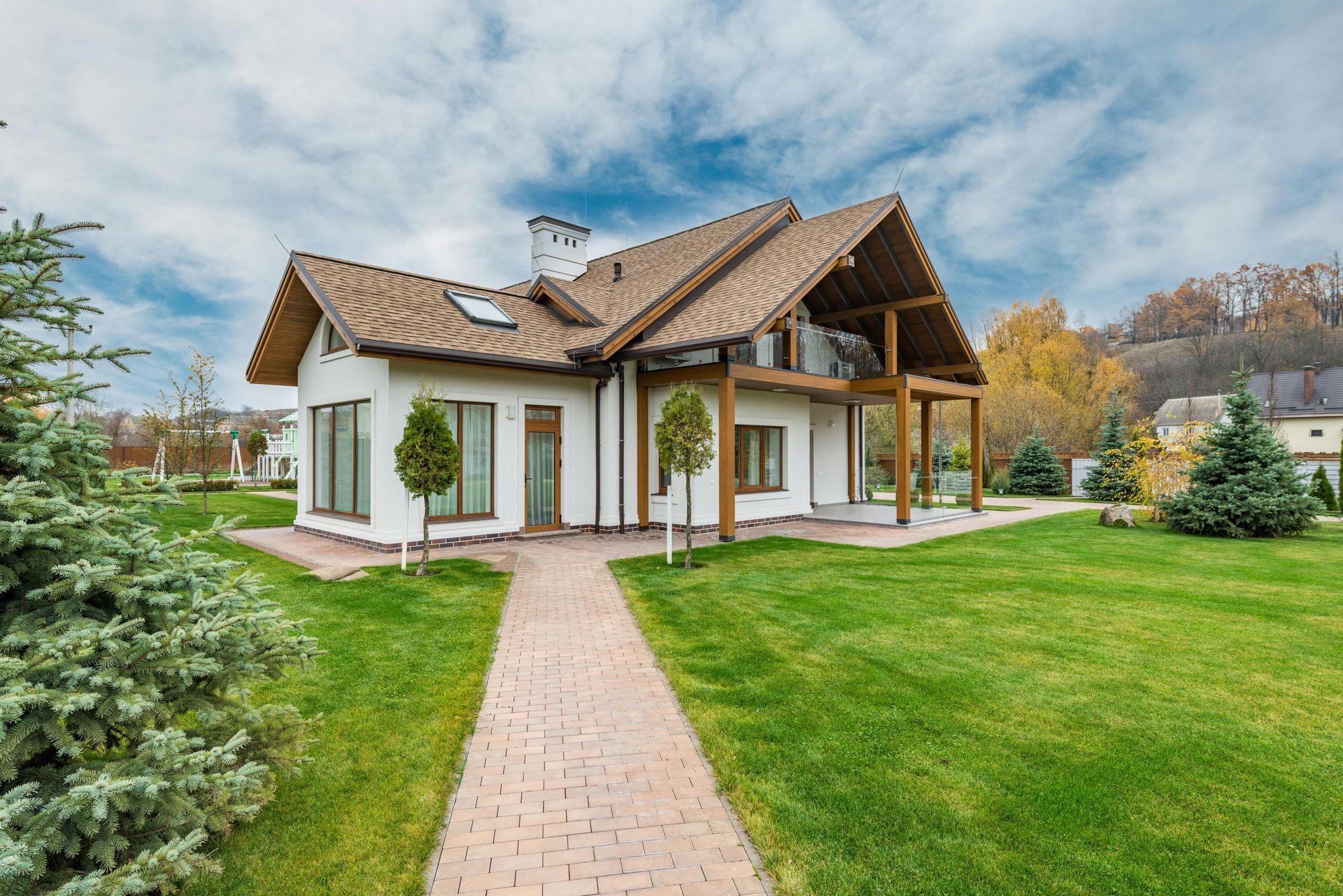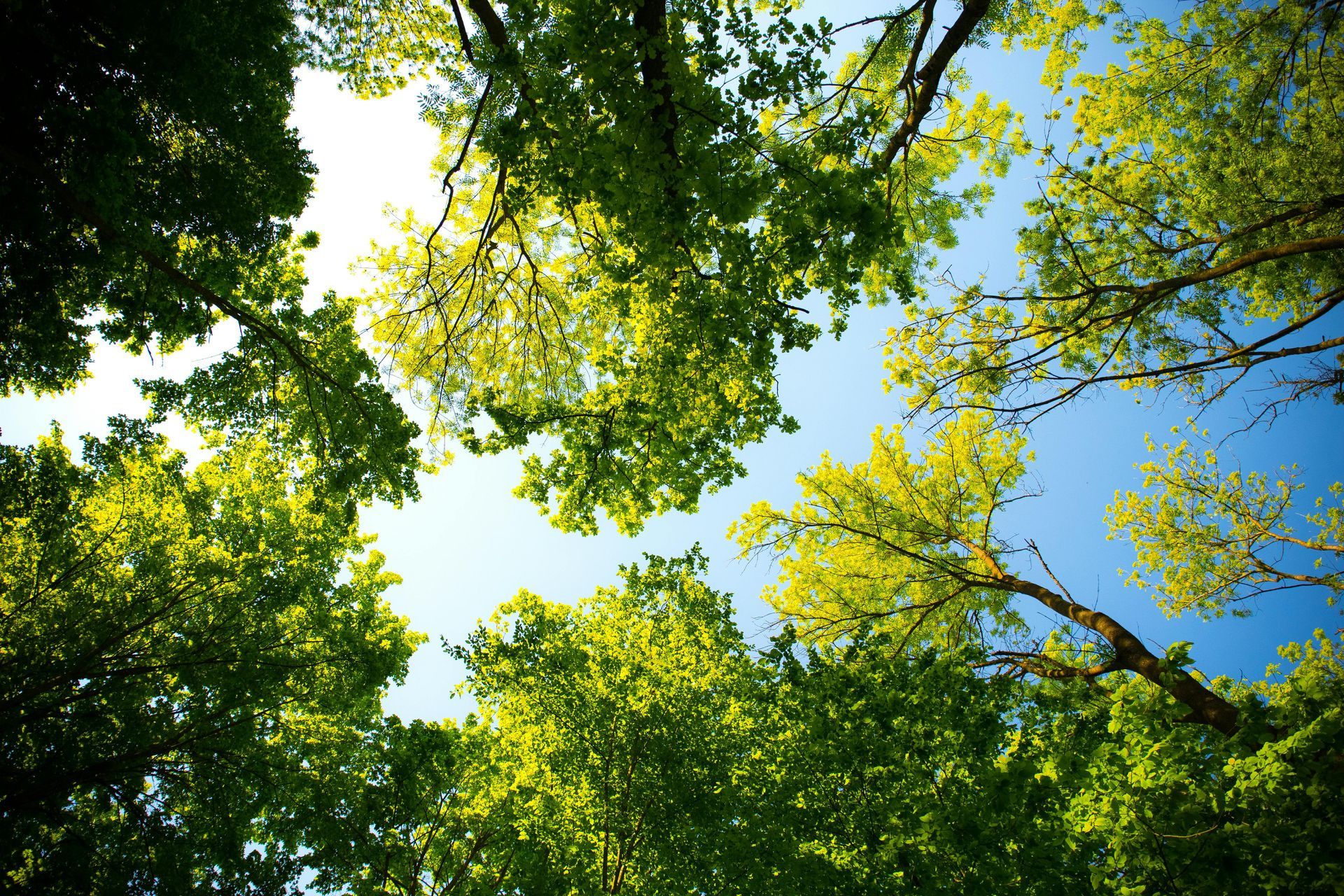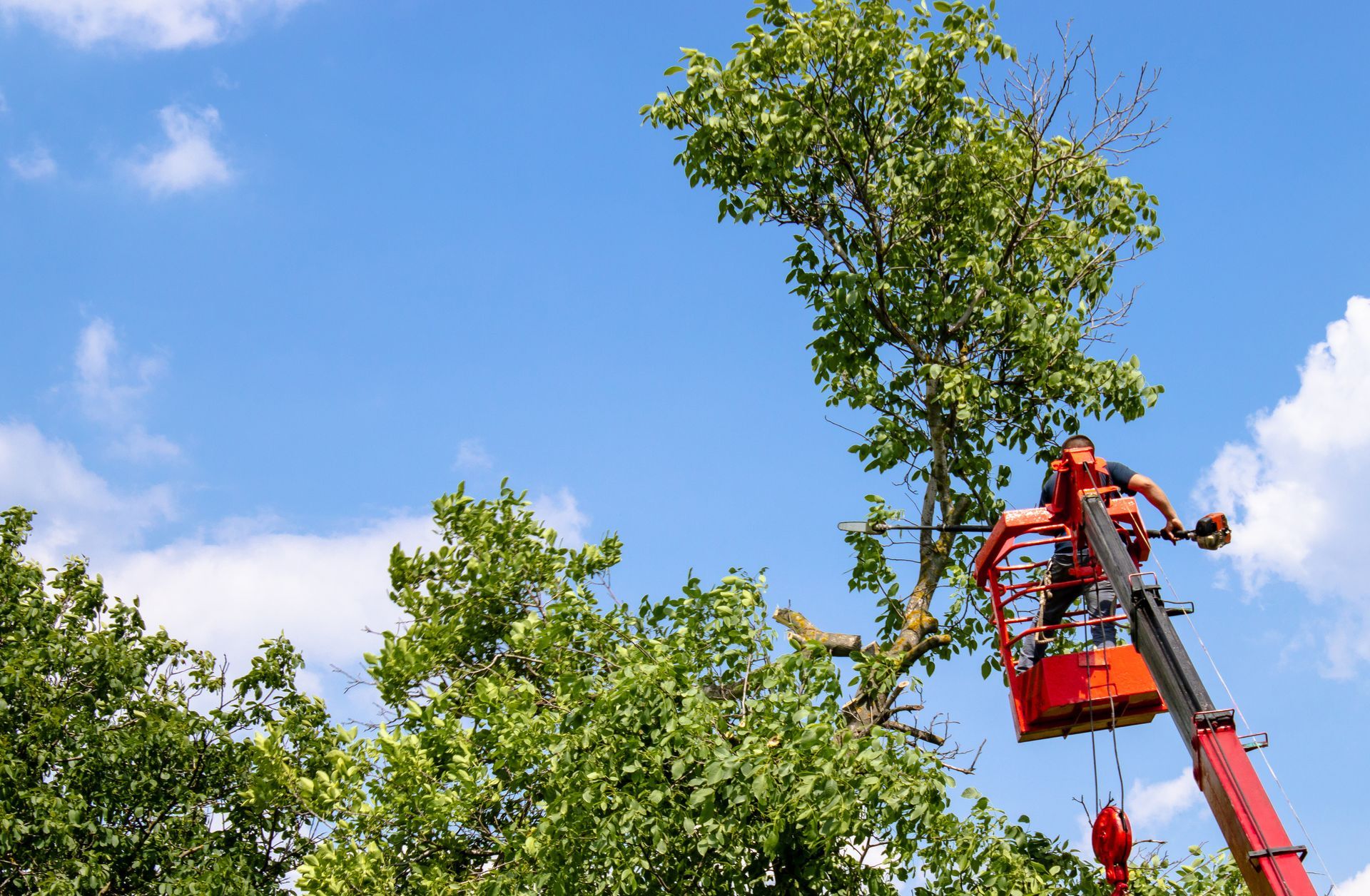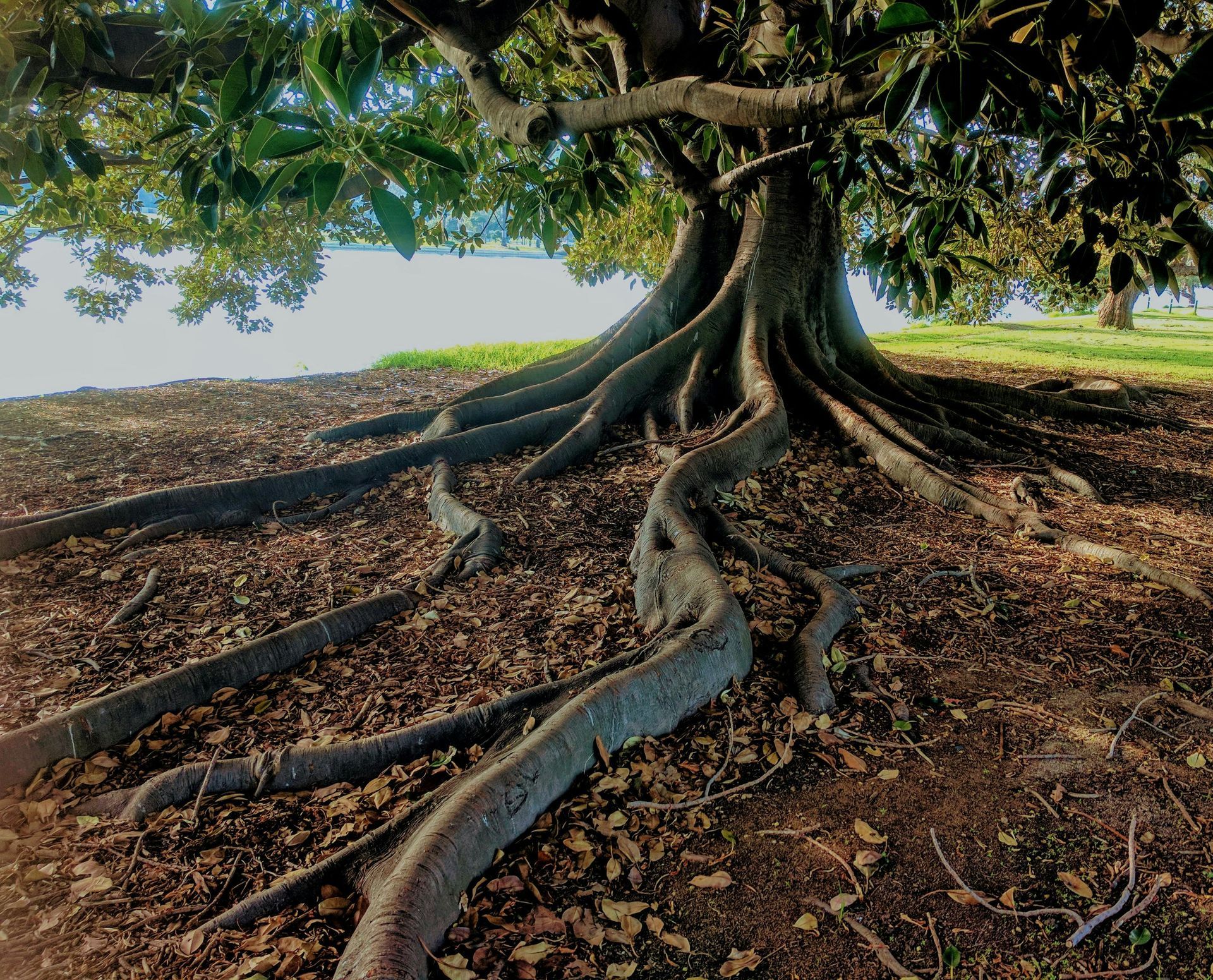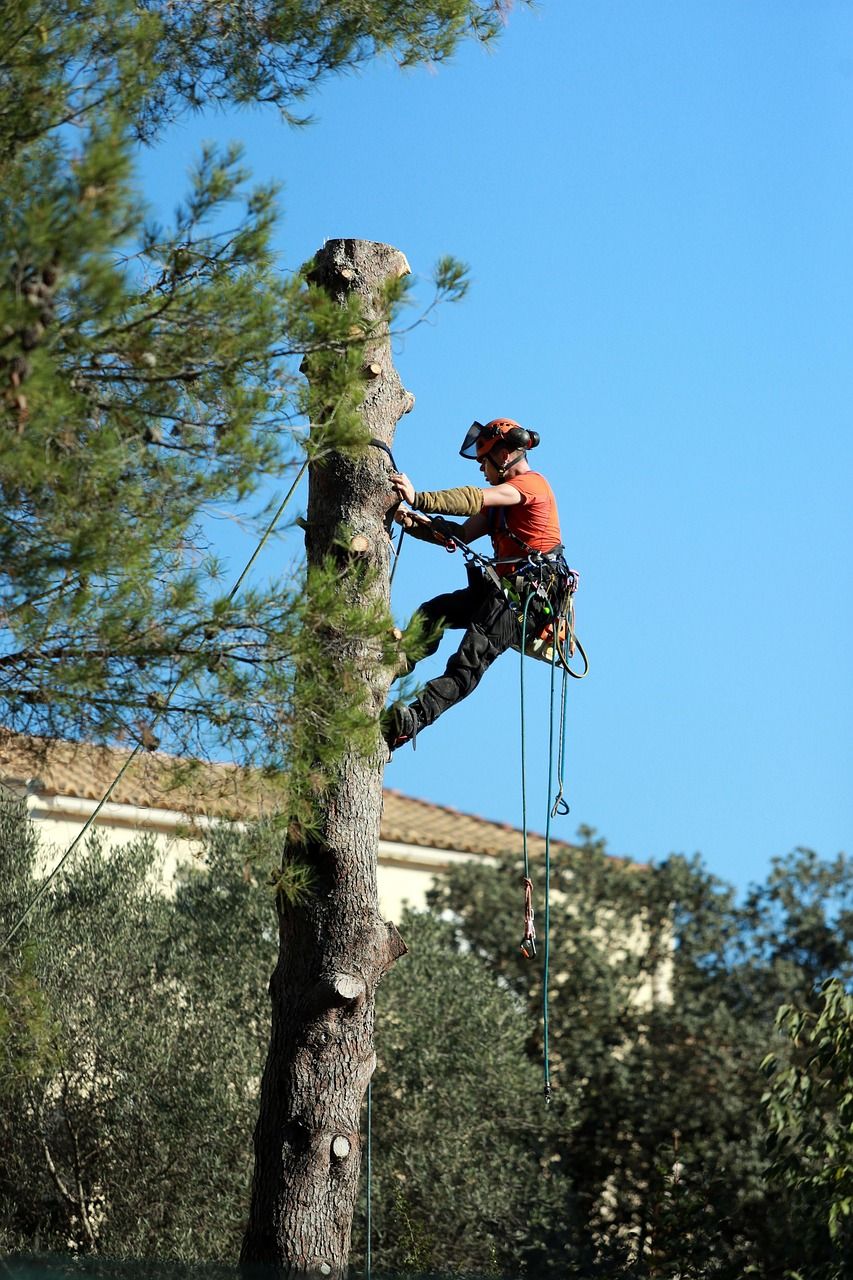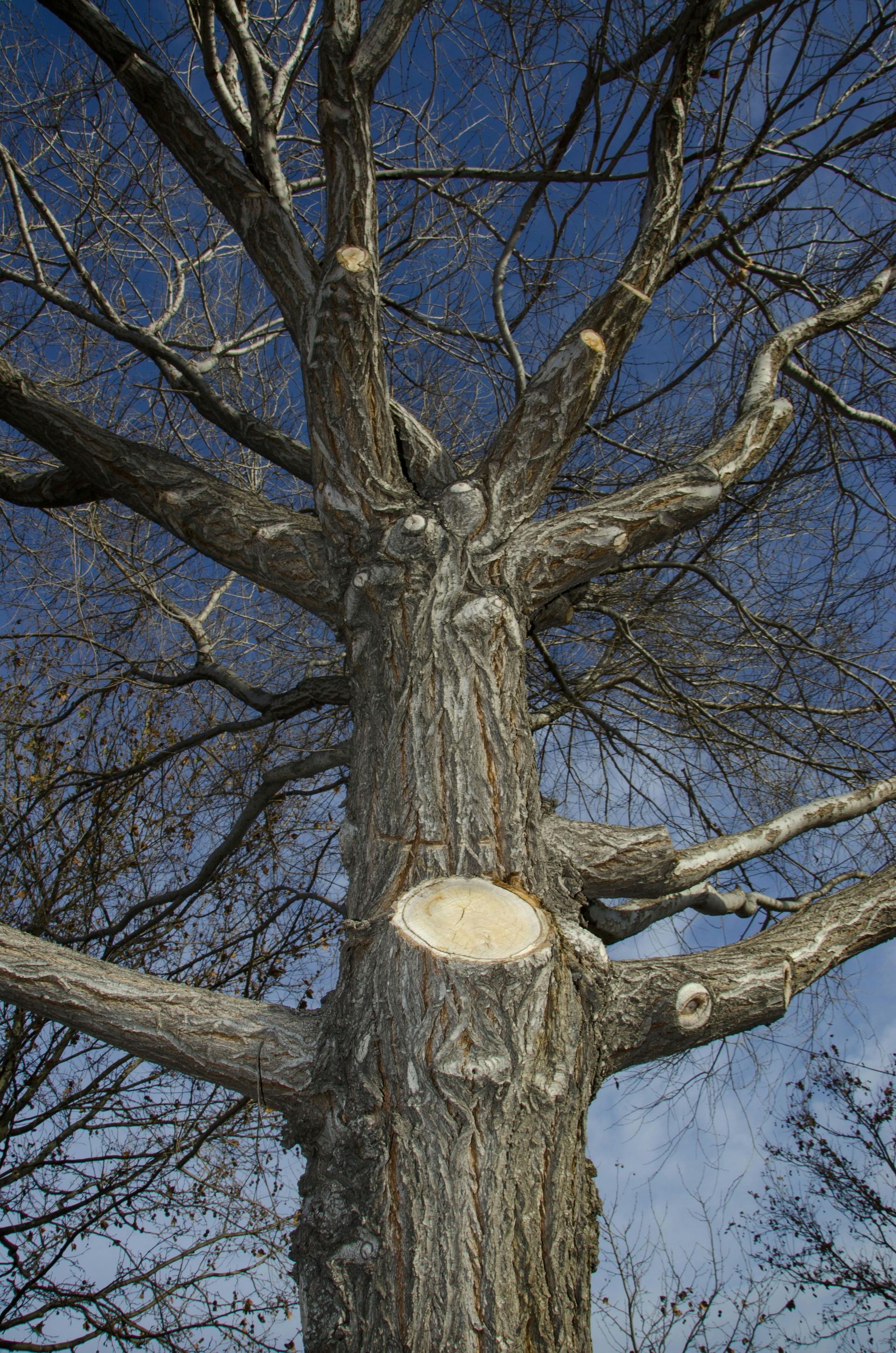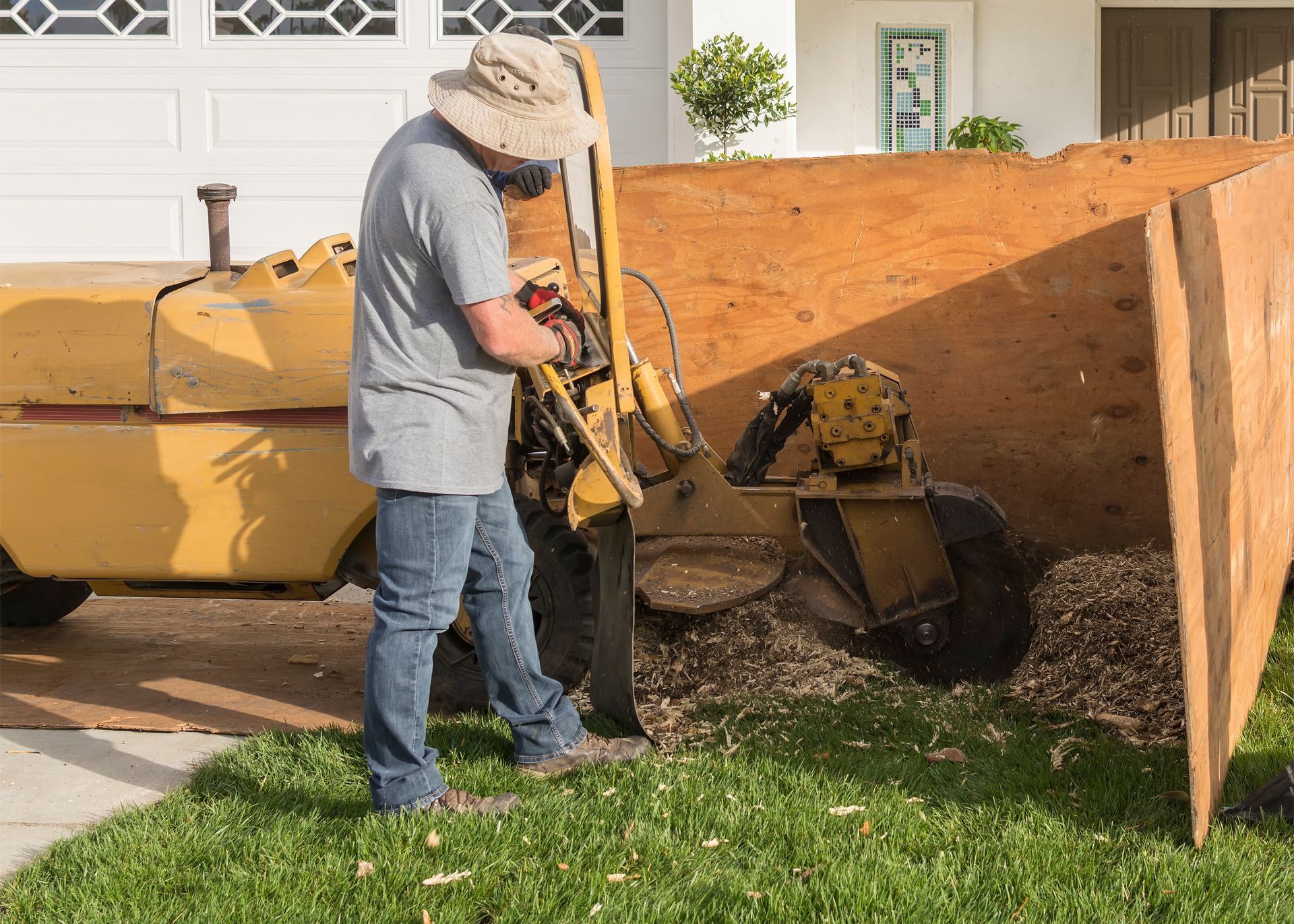Richis Tree Service, LLC
Common Tree Diseases in Centennial, CO and How to Identify and Treat Them
Trees are integral to the beauty and environmental health of Centennial, CO. However, just like any living organism, they are susceptible to diseases that can compromise their health and structural integrity. At
Richis Tree Service, we understand the importance of maintaining the health of your trees. In this blog post, we will explore some common tree diseases found in Centennial, CO, and provide insights on how to identify and treat them.
City skyline
1. Dutch Elm Disease
Identification: Dutch Elm Disease (DED) is a serious fungal disease affecting elm trees. It is caused by the fungus Ophiostoma ulmi and is spread by elm bark beetles. Symptoms include wilting, yellowing, and browning of leaves starting from the top of the tree and progressing downward. Infected branches may also exhibit dark streaks under the bark.
Treatment: Early detection is crucial for managing DED. Prune and dispose of infected branches to prevent the spread of the fungus. Fungicidal treatments can be applied as a preventive measure, especially for high-value trees. Additionally, maintaining overall tree health through proper watering, fertilization, and mulching can help increase resistance to the disease.
2. Fire Blight
Identification: Fire Blight is a bacterial disease caused by Erwinia amylovora that affects apple, pear, and other related trees. Symptoms include blackened, scorched-looking leaves and branches, often with a characteristic “shepherd’s crook” shape at the tips. Flowers and fruit may also exhibit blackening and shriveling.
Treatment: Prune infected branches at least 12 inches below the visible symptoms and disinfect pruning tools between cuts to prevent spreading the bacteria. Apply appropriate bactericides during the blooming period to reduce infection rates. Implementing proper spacing and pruning to improve air circulation can also minimize the risk of fire blight.
3. Powdery Mildew
Identification: Powdery Mildew is a fungal disease caused by various species of fungi. It is characterized by a white, powdery substance on leaves, stems, and buds. Infected leaves may curl, distort, and drop prematurely. This disease is prevalent in dry, warm climates and can affect a wide range of tree species.
Treatment: Improve air circulation around trees by pruning overcrowded branches. Regularly water trees at the base to avoid wetting the foliage, as high humidity promotes the growth of powdery mildew. Fungicidal sprays can be used to control severe infections, but choosing resistant tree varieties is the best preventive measure.
4. Cytospora Canker
Identification: Cytospora Canker is caused by the fungus Cytospora spp., which typically affects stressed or weakened trees, such as cottonwoods, aspens, and willows. Symptoms include sunken, discolored cankers on the bark, oozing resin or sap, and dieback of branches. The affected bark may peel away, revealing black or blue-black discoloration underneath.
Treatment: Remove and destroy infected branches during dry weather to prevent the spread of the fungus. Strengthen your tree's health and growth with appropriate watering, mulching, and fertilization. Avoid wounding trees, as injuries can provide entry points for the fungus. Fungicidal treatments are generally ineffective, so focus on cultural practices to maintain tree health.
5. Thousand Cankers Disease
Identification: Thousand Cankers Disease (TCD) affects walnut trees and is caused by a combination of the walnut twig beetle (Pityophthorus juglandis) and the fungus Geosmithia morbida. Symptoms include small, sunken cankers on the bark, yellowing leaves, thinning canopy, and branch dieback. The disease progresses slowly but can be fatal over time.
Treatment: Early detection and removal of infected trees are crucial to prevent the spread of TCD. Insecticides may help control beetle populations, but there are no effective fungicidal treatments for the fungus. Implementing quarantine measures and avoiding the movement of walnut wood from infected areas can help limit the spread of the disease.
6. Leaf Spot Diseases
Identification: Leaf Spot Diseases are caused by various fungi and bacteria that create small, discolored spots on the leaves. These spots can be yellow, brown, black, or red, and they may merge to form larger areas of dead tissue. Over time, heavily infected leaves can drop prematurely, weakening the tree.
Treatment: Remove and destroy fallen leaves to reduce the spread of the pathogens. Ensure proper spacing and pruning to improve air circulation. Fungicidal sprays can be used as a preventive measure during the growing season. Water trees at the base rather than overhead to keep the foliage dry and minimize infection risk.
Contact Richis Tree Service in Centennial, CO
At Richis Tree Service, we are committed to preserving the health and beauty of your trees. Our team of certified arborists has extensive experience in diagnosing and treating tree diseases in Centennial, CO. If you suspect your trees are affected by any of the diseases mentioned above or any other issues, don’t hesitate to contact us at (720) 987-5606. We offer comprehensive tree care services, including disease diagnosis, treatment, and preventive maintenance. We also offer stump grinding, tree removal, fertilization, and tree removal. We'll ensure your trees flourish for years to come.
